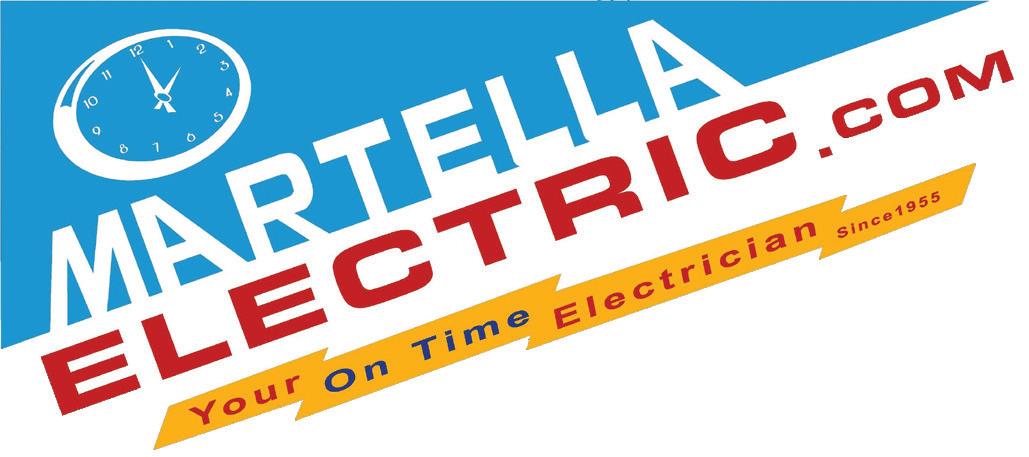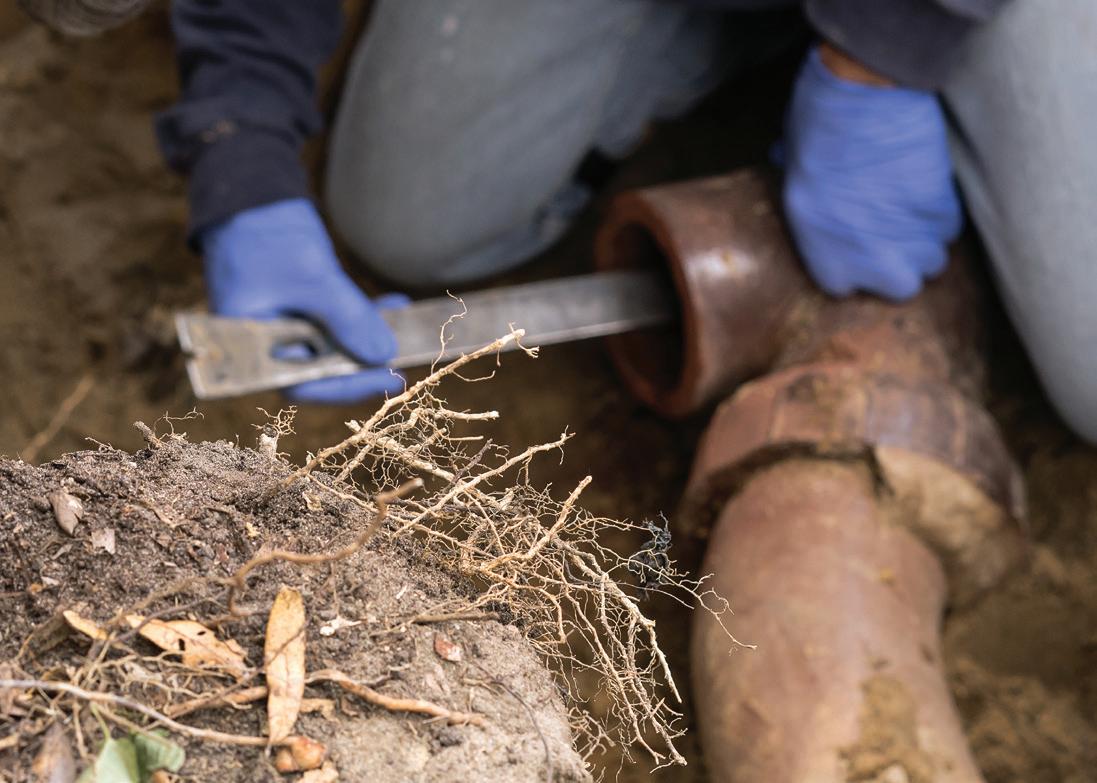
2 minute read
Electric Vehicle Charging: Do You Have the Power?
by Expert Contributor Andrew Martella, Owner of Martella Electric
Electric vehicles are here to stay. There are now more varieties, styles and manufacturers than ever before, including small compact cars to walk-in vans to tractor trailer-size vehicles.
The advances in lithium batteries and electric motors combined with the cost of gasoline have all contributed to the economic viability of manufacturing, purchasing, maintaining and driving these vehicles. Not to mention that they can be fun to drive with amenities such as large touch screens, advanced navigation and even autonomous driving.
On a full charge and depending on road conditions, these vehicles can drive for hundreds of miles before needing to be recharged. Driving the speed limit, using accessories like heat or air conditioning, number of passengers, etc., can all affect the driving mileage between charging stops (filling ups).

Charging up can be accessed in many public locations, as mandated by the Federal government. Such places can be found along all major interstates, in gasoline stations, hotels and even in restaurant parking lots.
One of the most popular locations for the average driver to charge the vehicle is at their home. There are several considerations that require investigation and inspection before charging can take place. The electrical service panel must have adequate space for additional power circuits to be installed. The size of the electrical service must be enough to accommodate the additional load of the vehicle being charged. The location of the electrical panel in relation to the desired location of the charging location is also an issue to consider. Charging equipment can be installed inside the garage or outside in weatherproof enclosures.
There are a few methods used to charge electric vehicles. One is a charging unit purchased at the dealer* specific to the vehicle being charged. Another method is to install a power receptacle or outlet. Most vehicles come with cords of sufficient length and plugs to adapt to any of the charging methods.
*Tesla Motors requires that a Tesla-certified installer and licensed electrician install the charging equipment and/or outlet. They also require an electrical inspection. To activate the manufacturer’s warranty, a report must be submitted along with proof of the work, permit and pictures of the installation. Martella Electric is a Teslacertified installer.

Andrew Martella, Expert Contributor and Owner of Martella Electric

As an essential business, Martella Electric is OPEN & AVAILABLE!
484-997-3097 www.MartellaElectric.com
Martella Electric Company is a team of courteous, professional, and highly trained electricians. Our priority is to deliver superior customer service backed by a 100% satisfaction guarantee.
• Electrical Service Upgrades • Landscape Lighting • Circuit Breaker Panels • Fireguard Circuit Breakers • Security Lighting • Recessed Lighting • Electric Vehicle Charging • LED Under-Cabinet Lighting • Lighting Controls • Exhaust Fans










